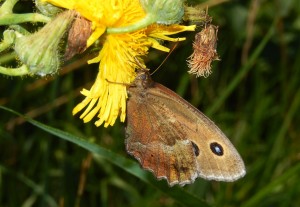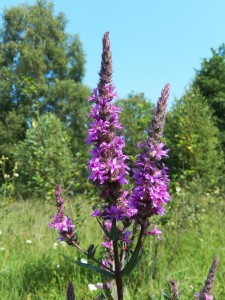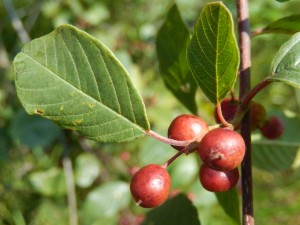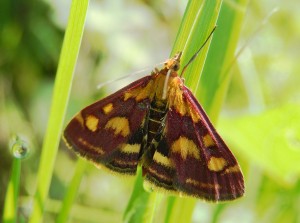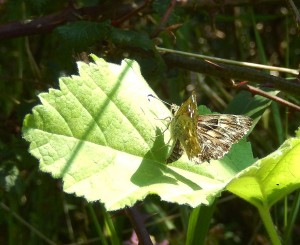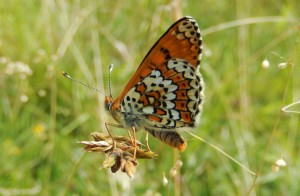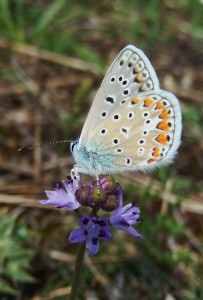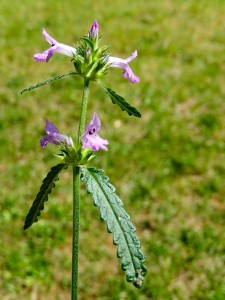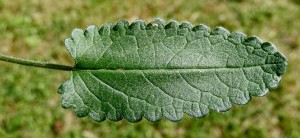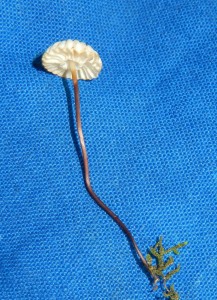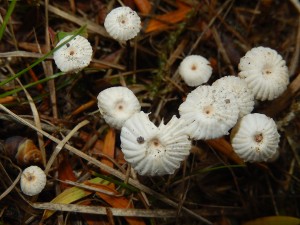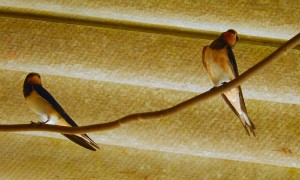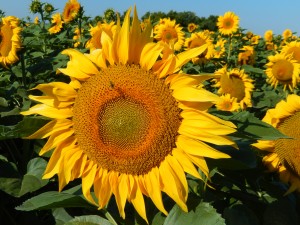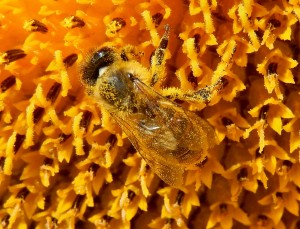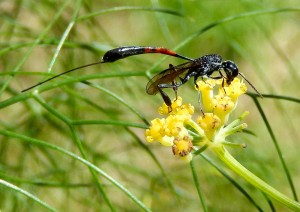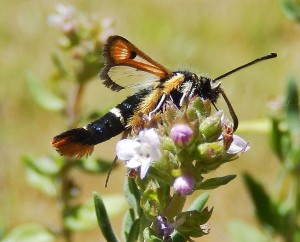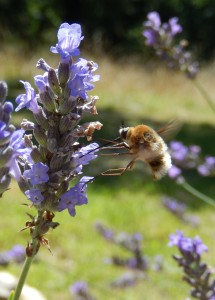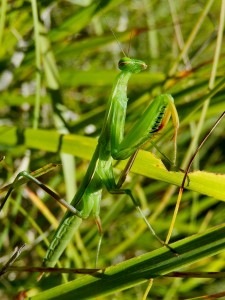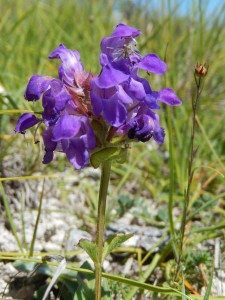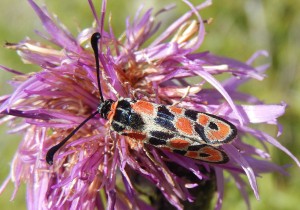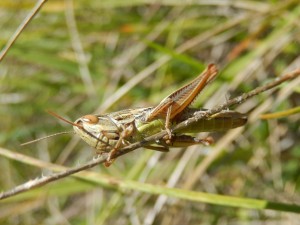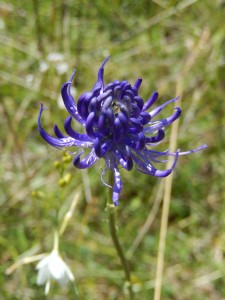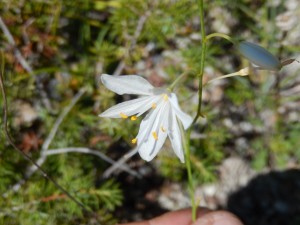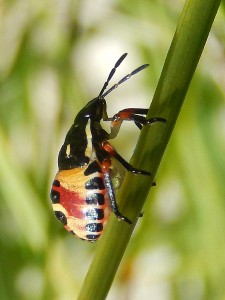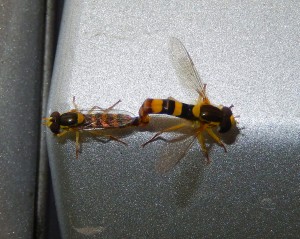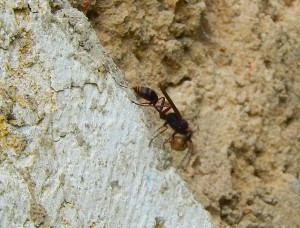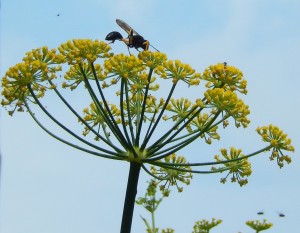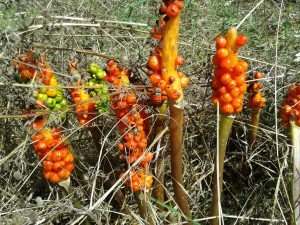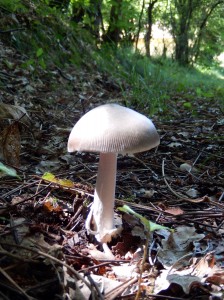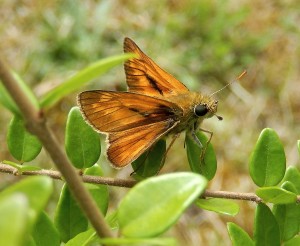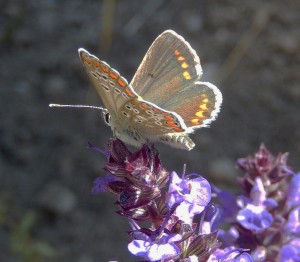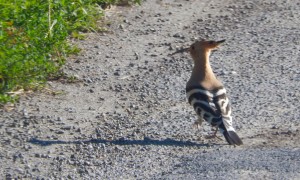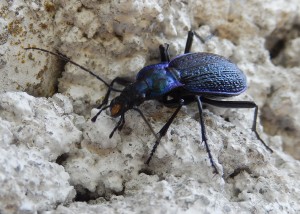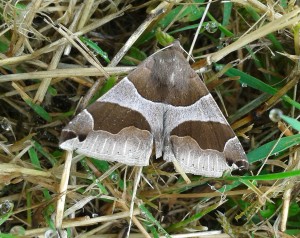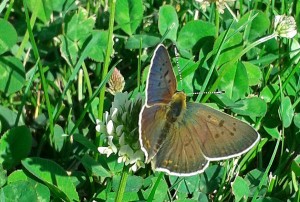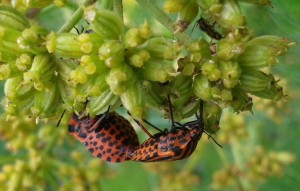When I first acquired a macro lens for my camera, I raced about the meadows, photographing every insect I could: and many of them were species new to me, though I must have seen them flying past (or away) many times. For the close-up lens and detailed images gave me something I had never had: the ability to study shy insects as if I had caught them and pinned them to a Victorian collector’s card. Suddenly those speckled orange butterflies resolved themselves into Spotted Fritillaries, or for that matter Glanville, Queen of Spain, Silver-Washed, Small Pearl-Bordered and High Brown Fritillaries. It was a revelation, and a delight.
It was also sobering: in all my journeys around the British Isles, the only Fritillary I ever saw was a Small Pearl-Bordered, and that was on the north coast of Cornwall, only a few miles from Land’s End, as if almost the whole of Britain had been scrubbed clean of butterflies, but a few remote corners with the last few surviving individuals had somehow been overlooked.
But as far as rural France was concerned, once up in the wooded hills with their mosaic of old coppiced woodland, little meadows, fruit trees and ponds around old tumbledown farms and barns, or out on such steep chalk grassland hillsides as remain, the butterflies, beetles and wild flowers remained much as they must have been a century ago. I clicked away and framed a postcard-sized print of each species, 8 to a clipframe, and returned each day to the meadows to photograph more.
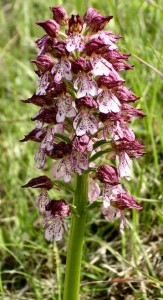
It was the same with the flowers, especially on the chalk, as soon as I finally managed to get down here in springtime to see the orchids, rather than in high summer to see dry brown grass (and perhaps burnt-out orchid seed-heads, the colour of well-cooked toast). Everywhere there were Pyramidal Orchids and Chalk Fragrant Orchids, so numerous as to have a wealth of variation in size, shape and height, evidently frequently hybridizing. In damper places were Early Purple Orchids; and here and there were species I had never seen in Britain – Lizard, Military, Lady, Green-Winged, Fly, and Butterfly Orchids. They all went on the wall, printed as close-ups.
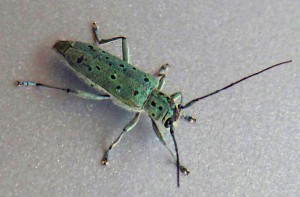
As for the beetles, the only really large species that I’d seen at all frequently in England was the Stag Beetle. Here, I photographed at least 8 species of Longhorn, from the mighty Tanner to two kinds of wasp-coloured beetle (Clytus and Strangalia) and a magnificent green kind with black spots, Saperda punctata. The Romanian Longhorn Project kindly identified it from the photo, saying that it is protected in Central Europe: such splendid insects are becoming rare, and not only in England.
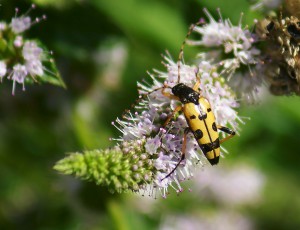
Yet perhaps it was really the wasps that caught my eye and stole my heart. Yes, wasps. As well as ordinary-sized social wasps, the area was home to great spherical nests of the European (Red) Hornet and the new, darker, slimmer and far more aggressive Asiatic Hornet. And besides those were Sphecid or Digger Wasps of many kinds, all solitary and often handsome; Ichneumons with narrow waists and enormously long ovipositors like overgrown stings (though wasp stings are actually modified ovipositors, so only females have them); and marvellously beautiful and imposing Potter Wasps with black and yellow legs and long slender yellow waists. These are shy and wary of large animals, so photographing them was always a challenge: but eventually I managed it.
Now, as the years go by, I find I recognize these insects not only by their size and shape and patterns, but by their habits of flight, the kind of weather that brings them out, which plants they like to visit, where they nest. In short, they have become familiar: and with familiarity has come a comfortable feeling of friendship and of being at home, of things being in their right places. The excitement of the new has been replaced by the appreciation of this particular ecosystem, where ‘eco’ means what its Greek etymology implies: οικος (oikos), house: this is my and their home, the place where we live together.

